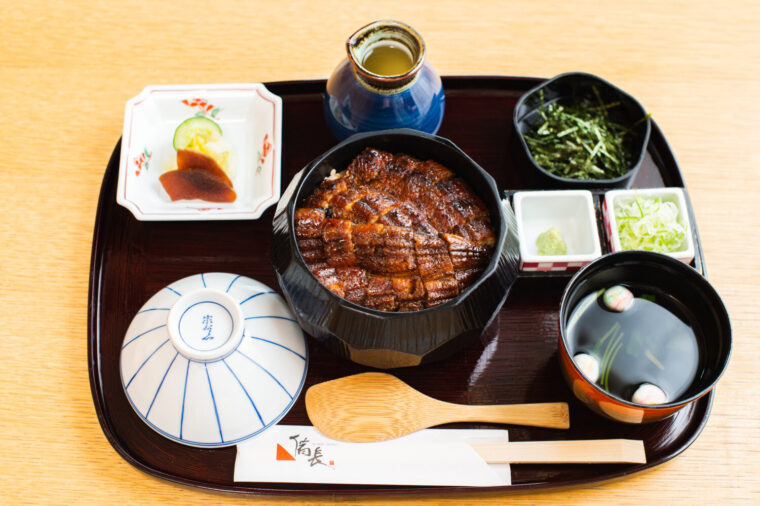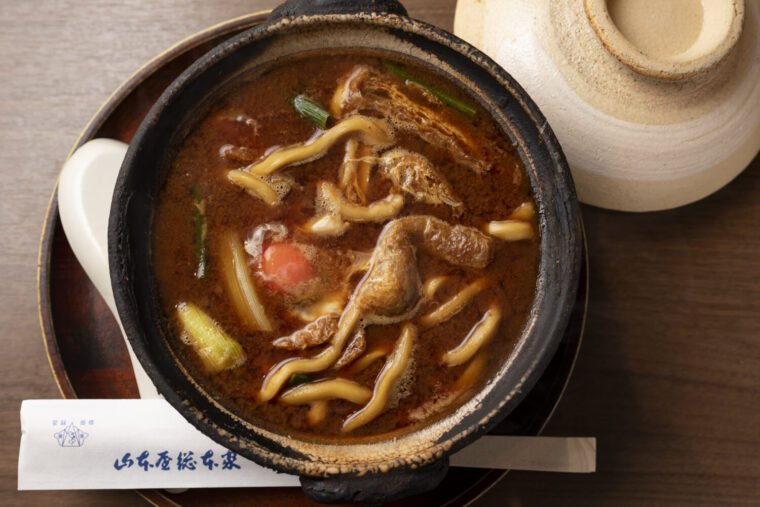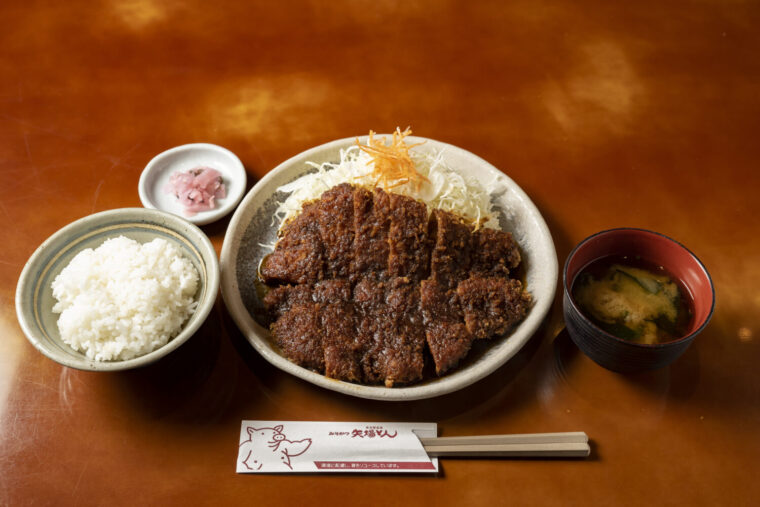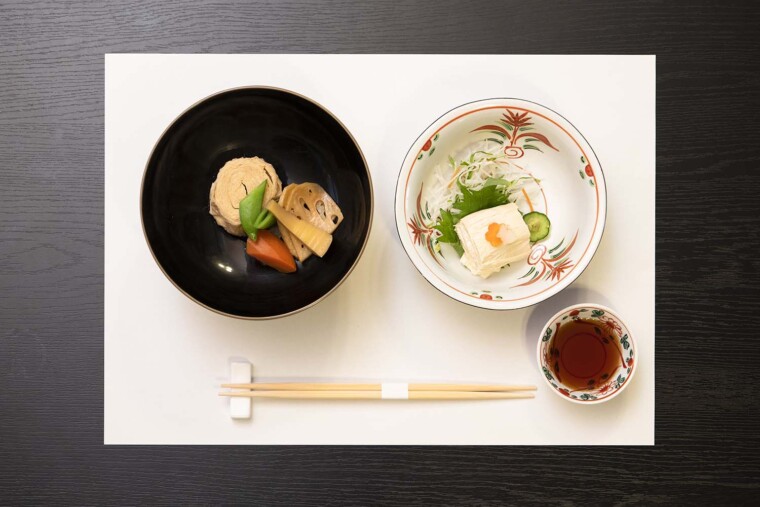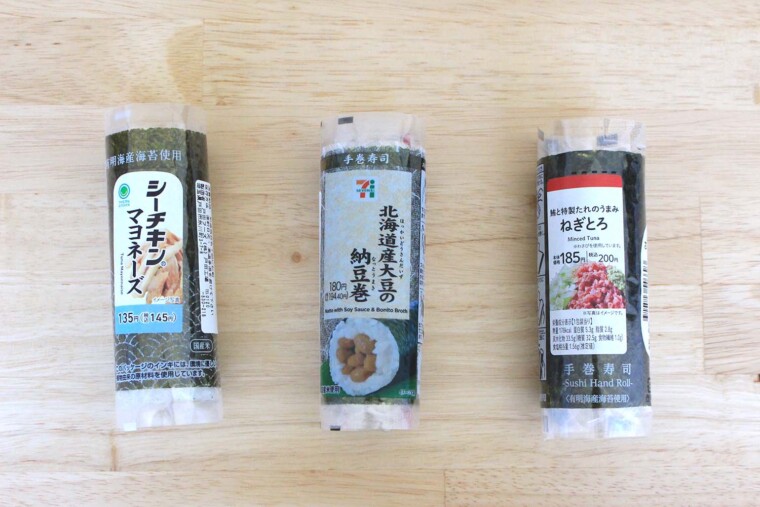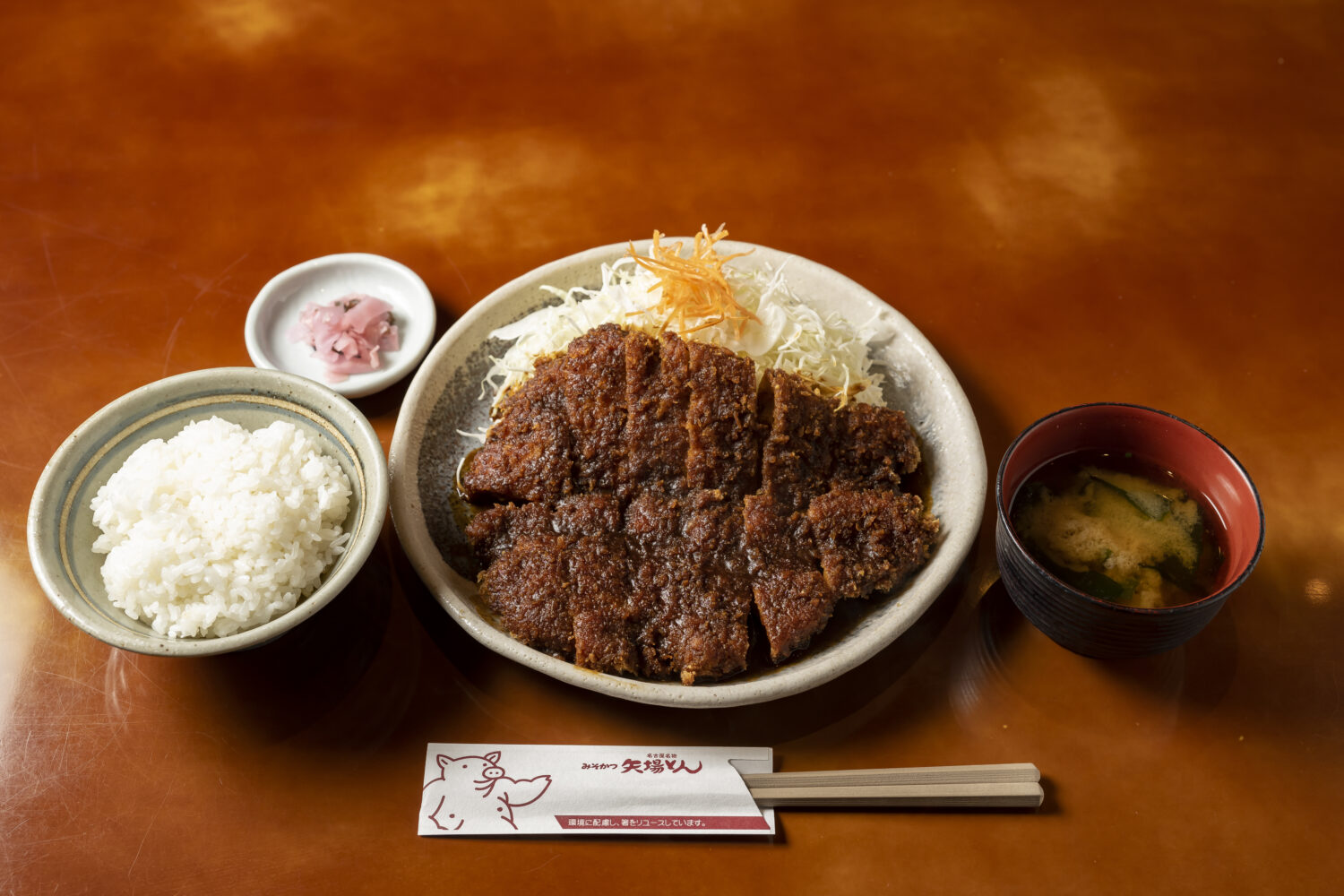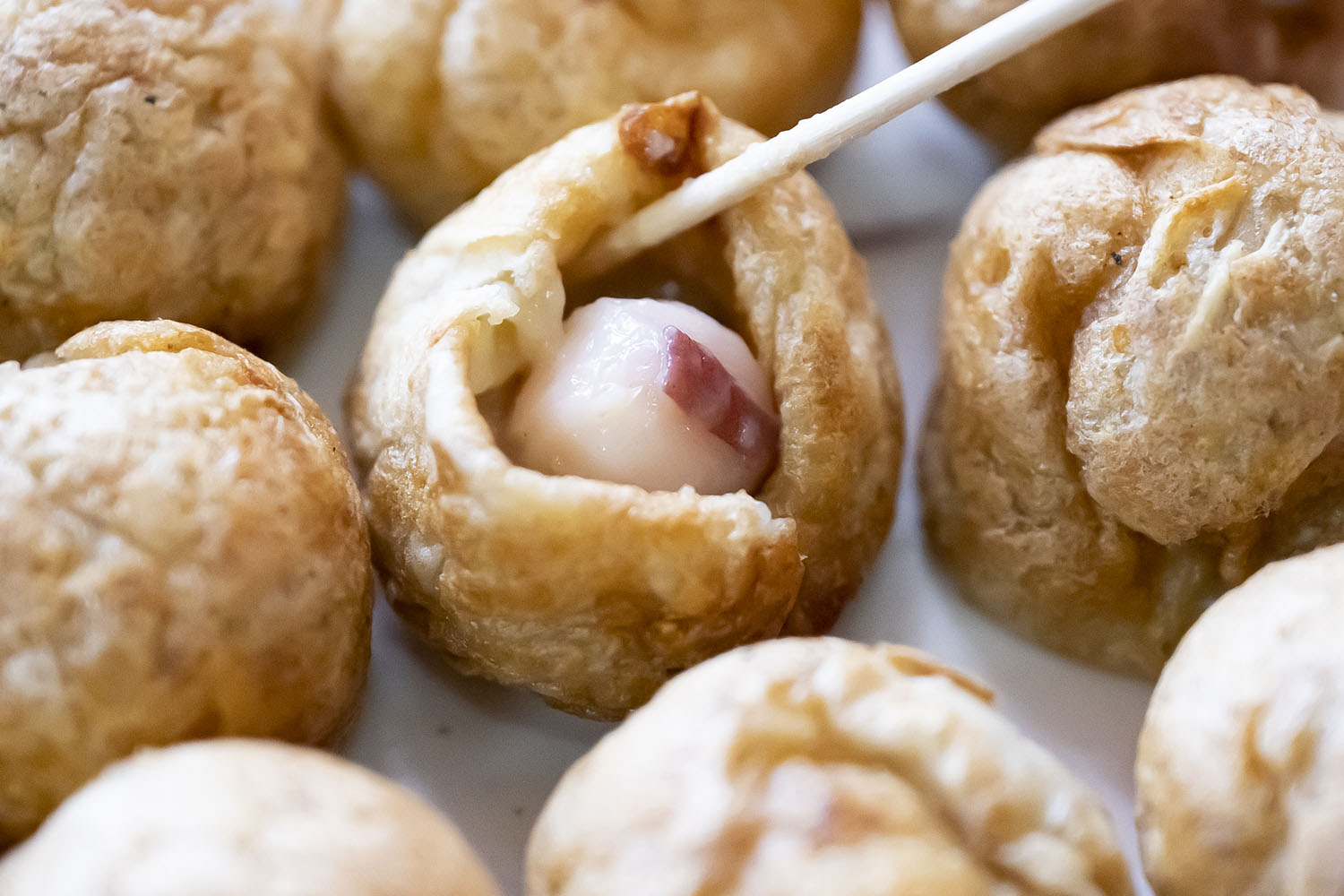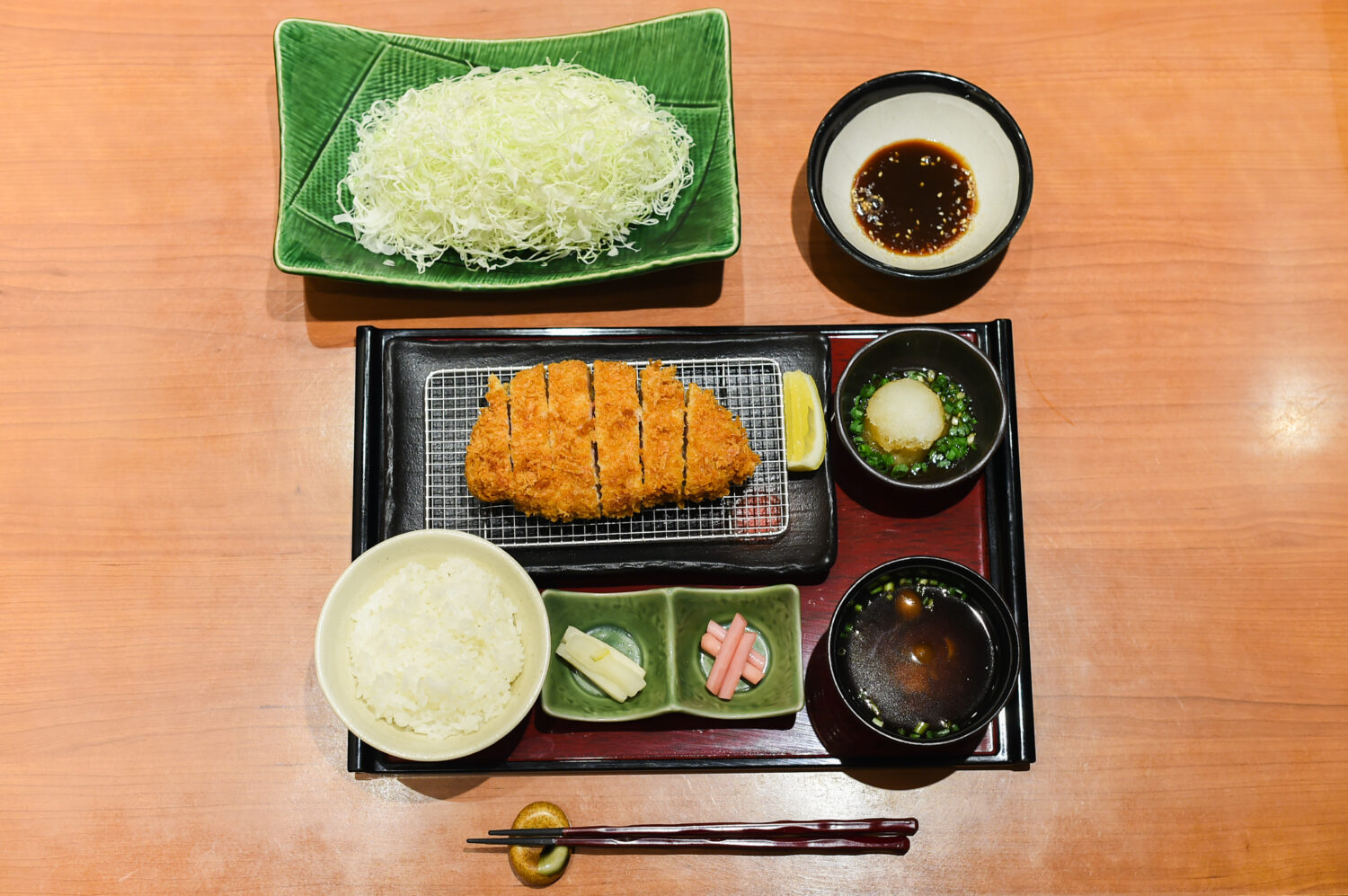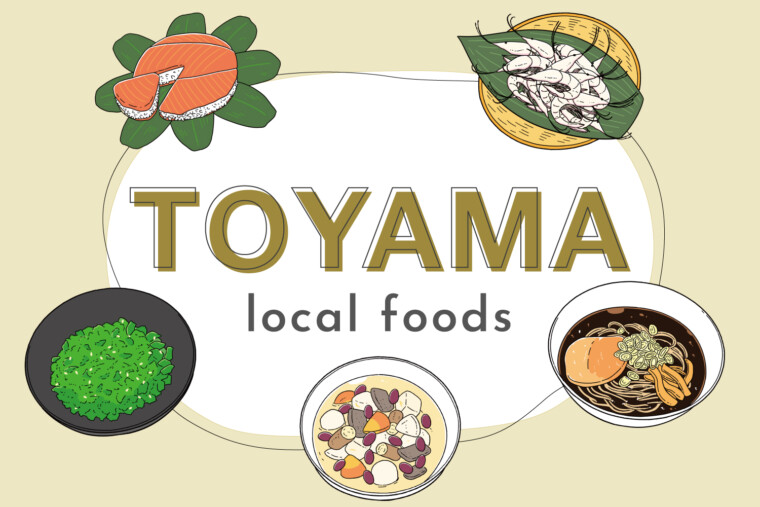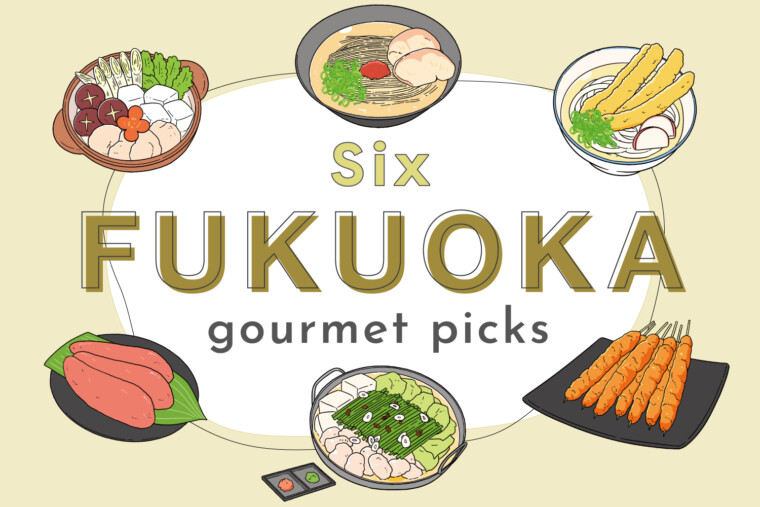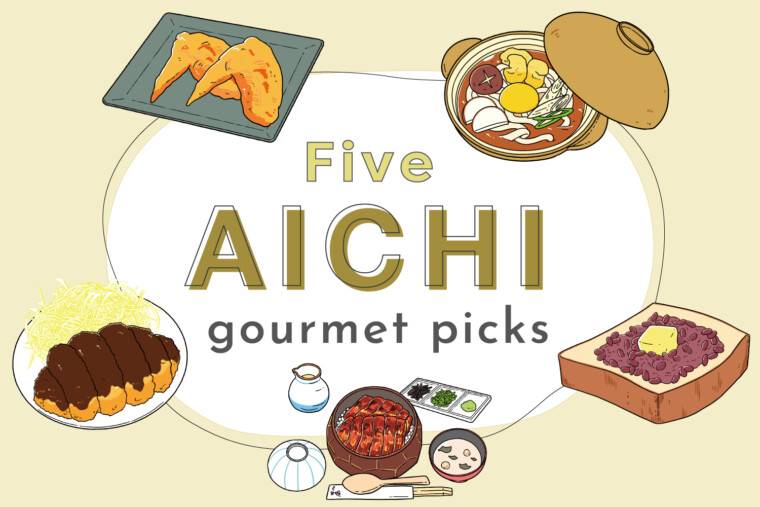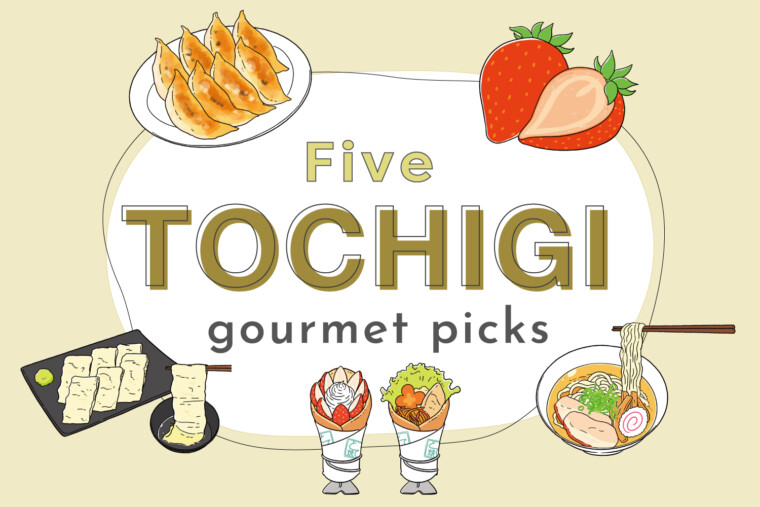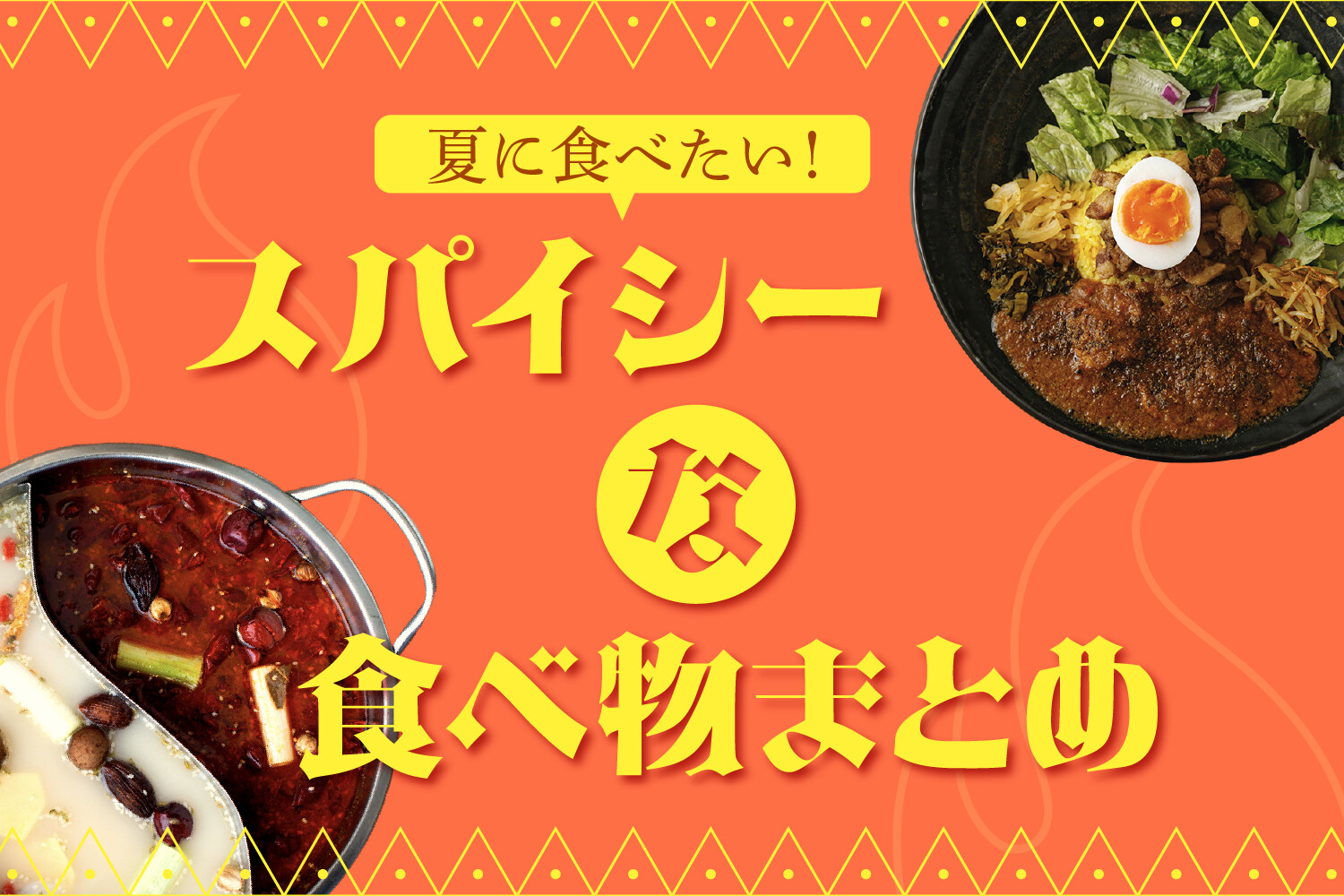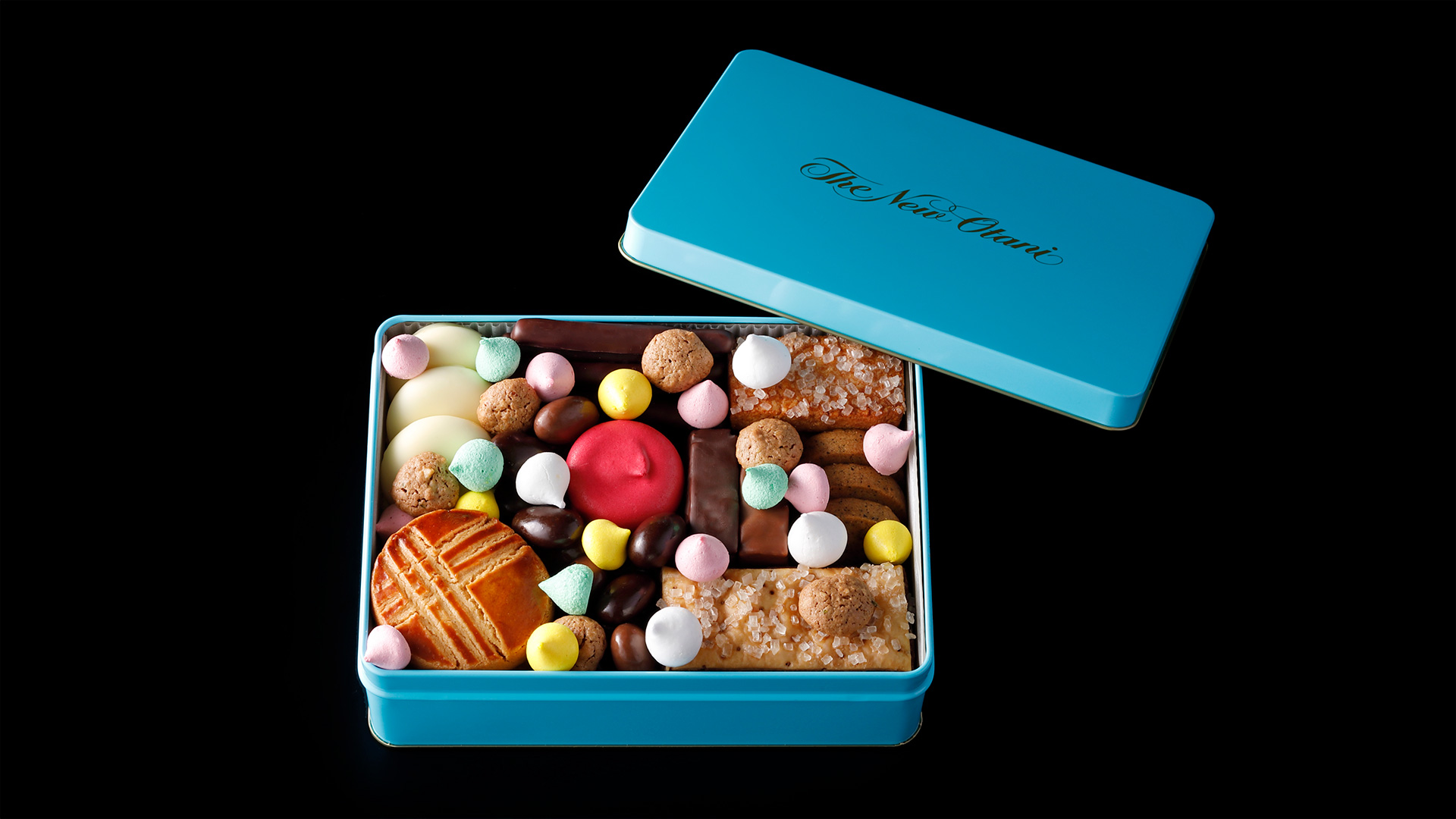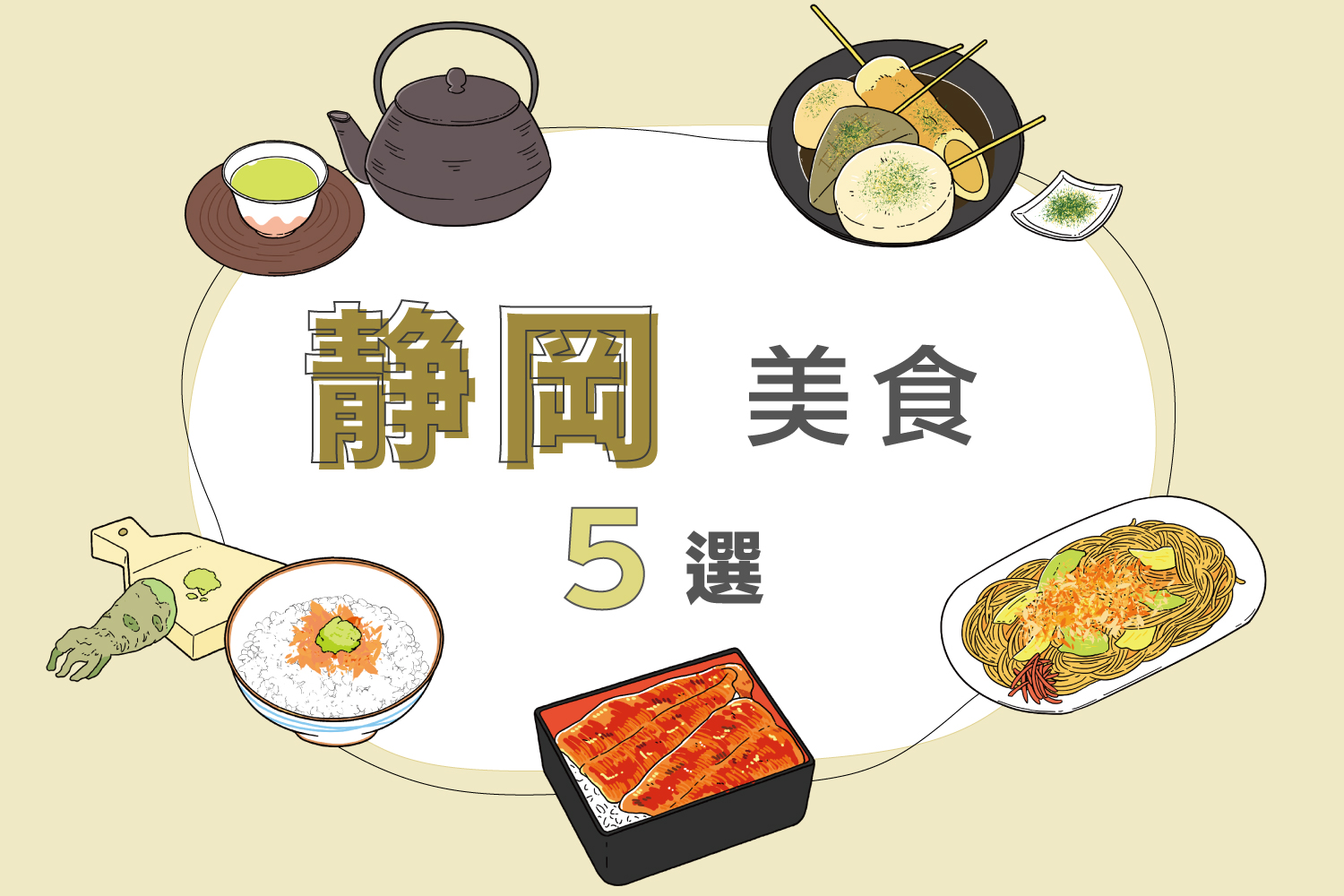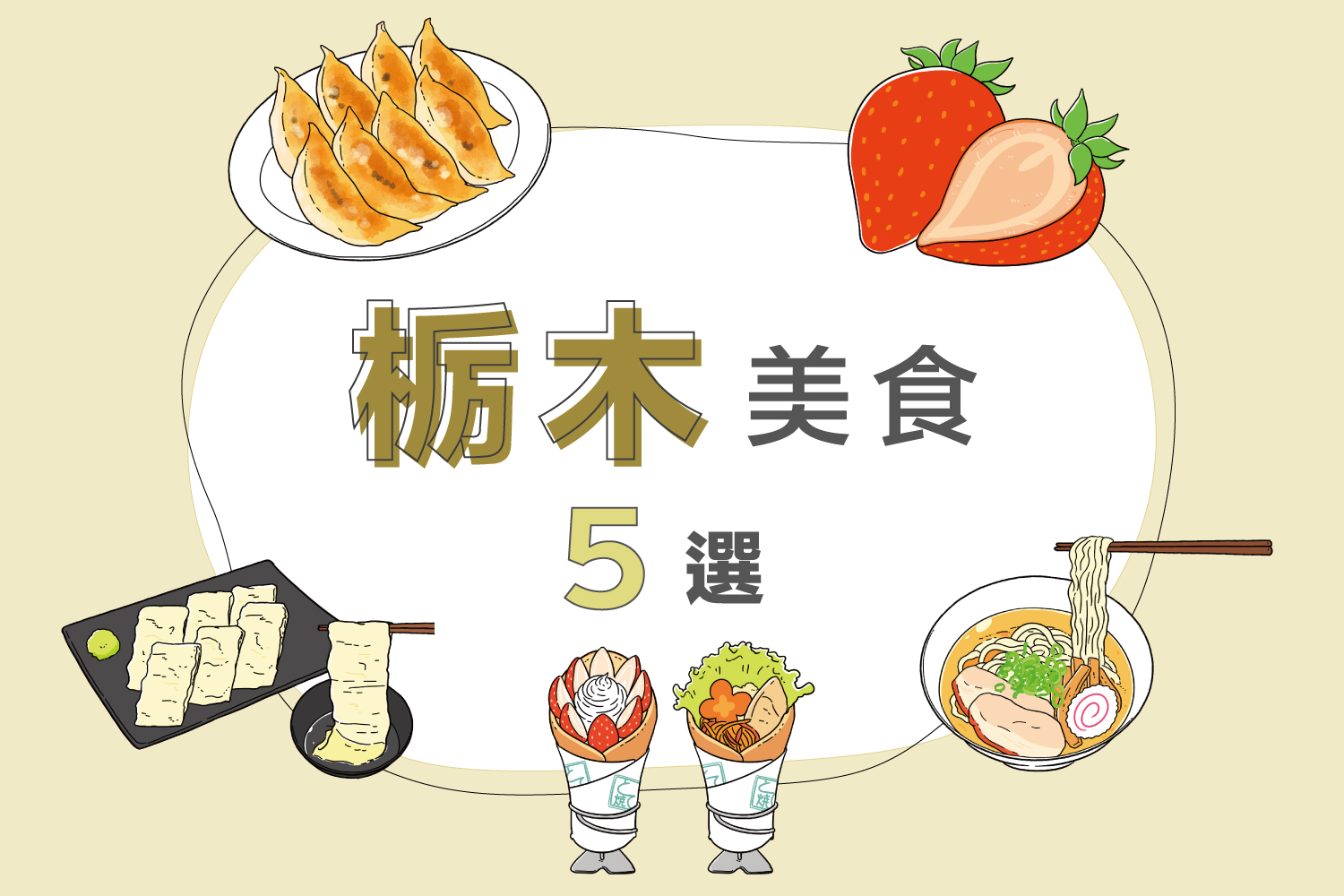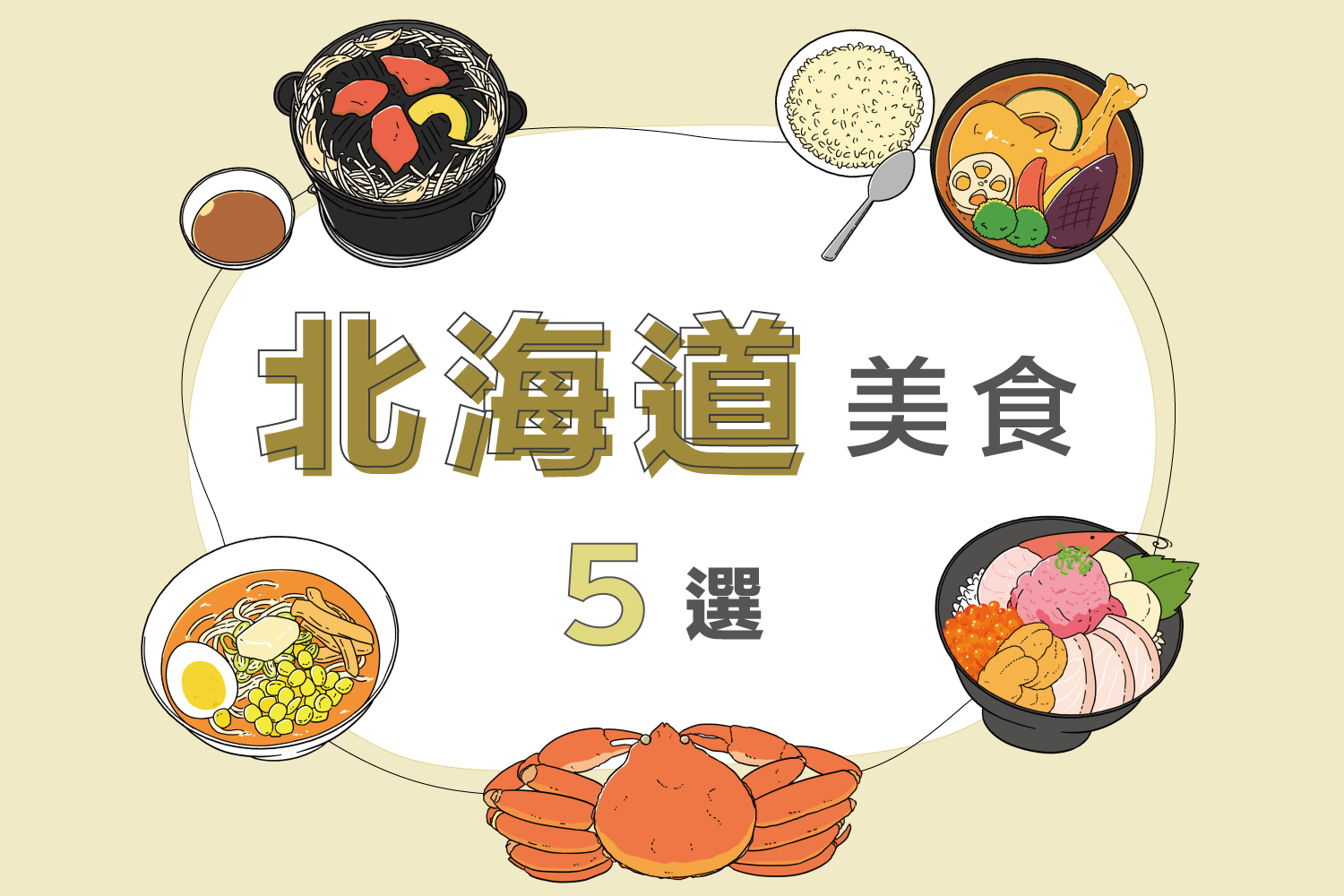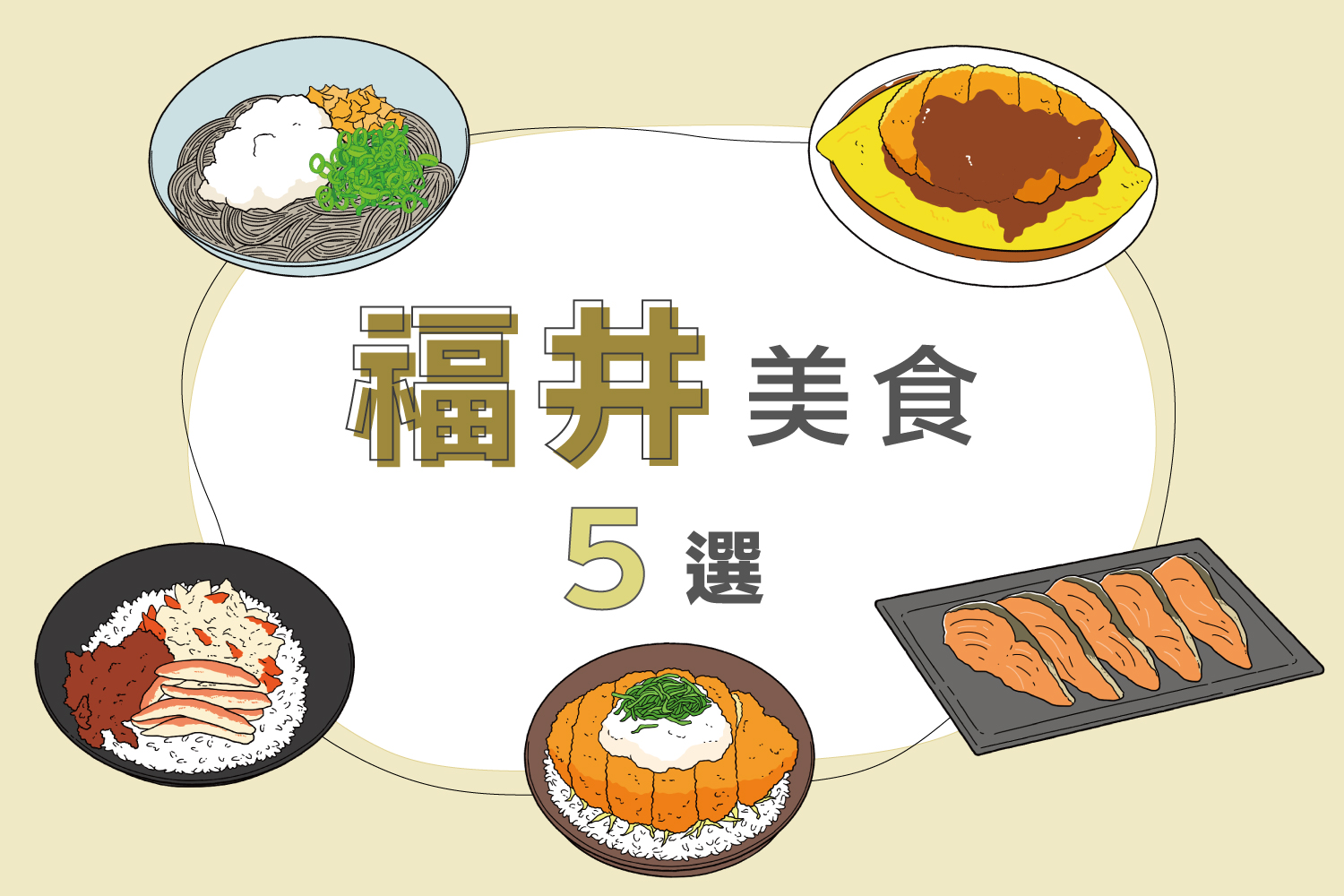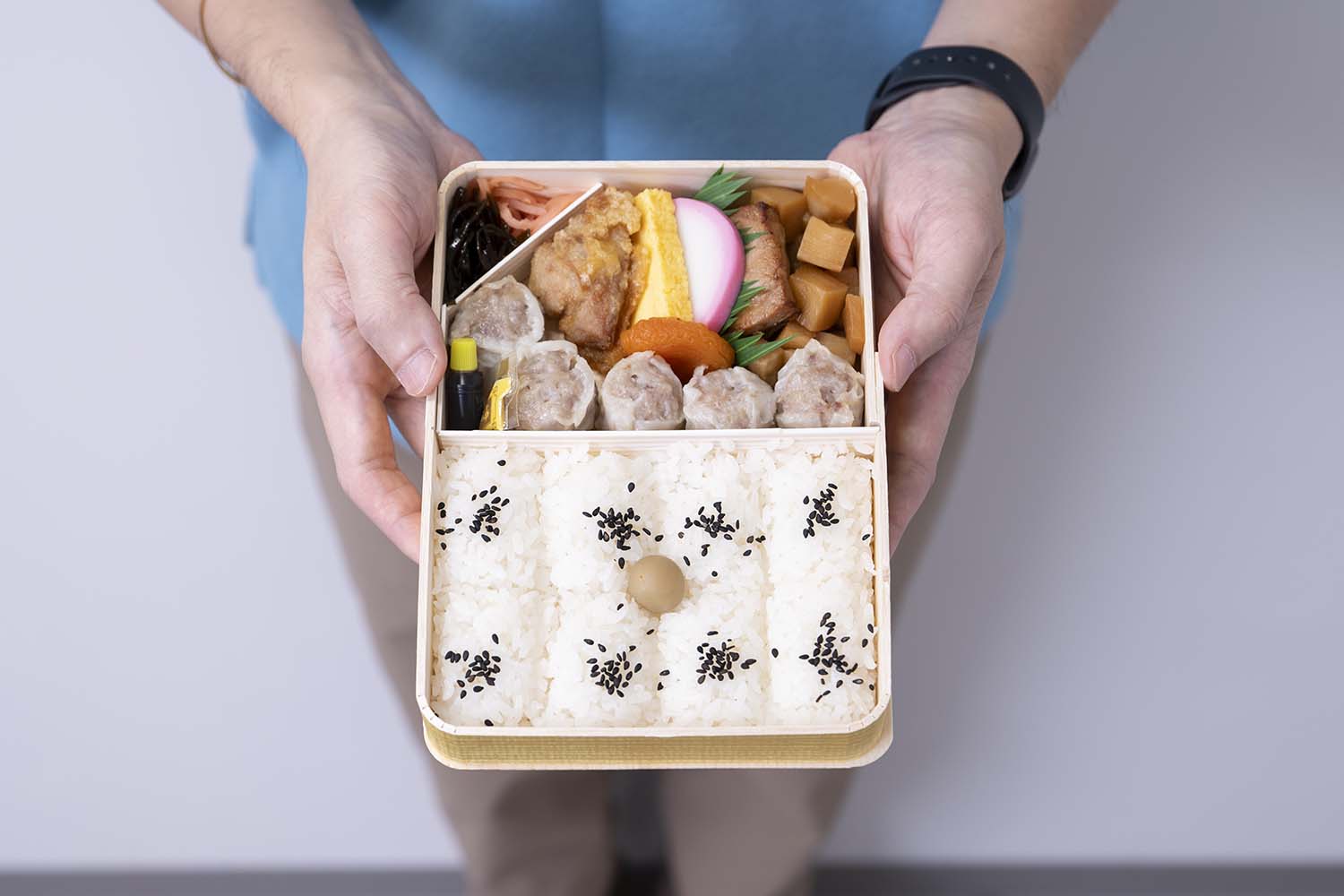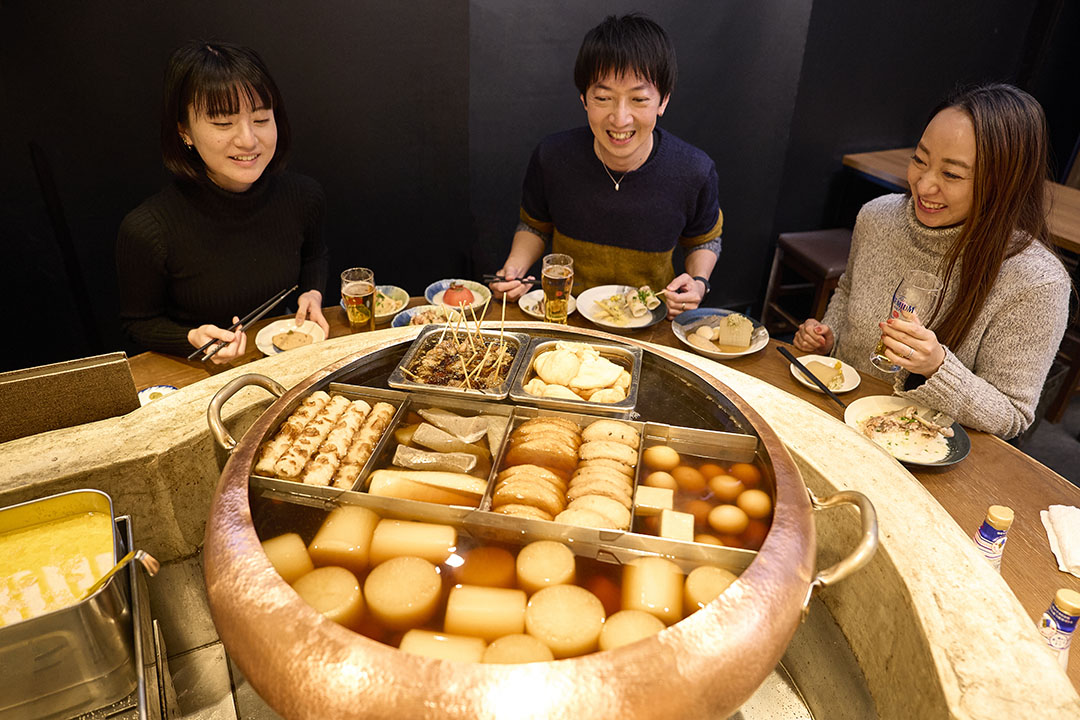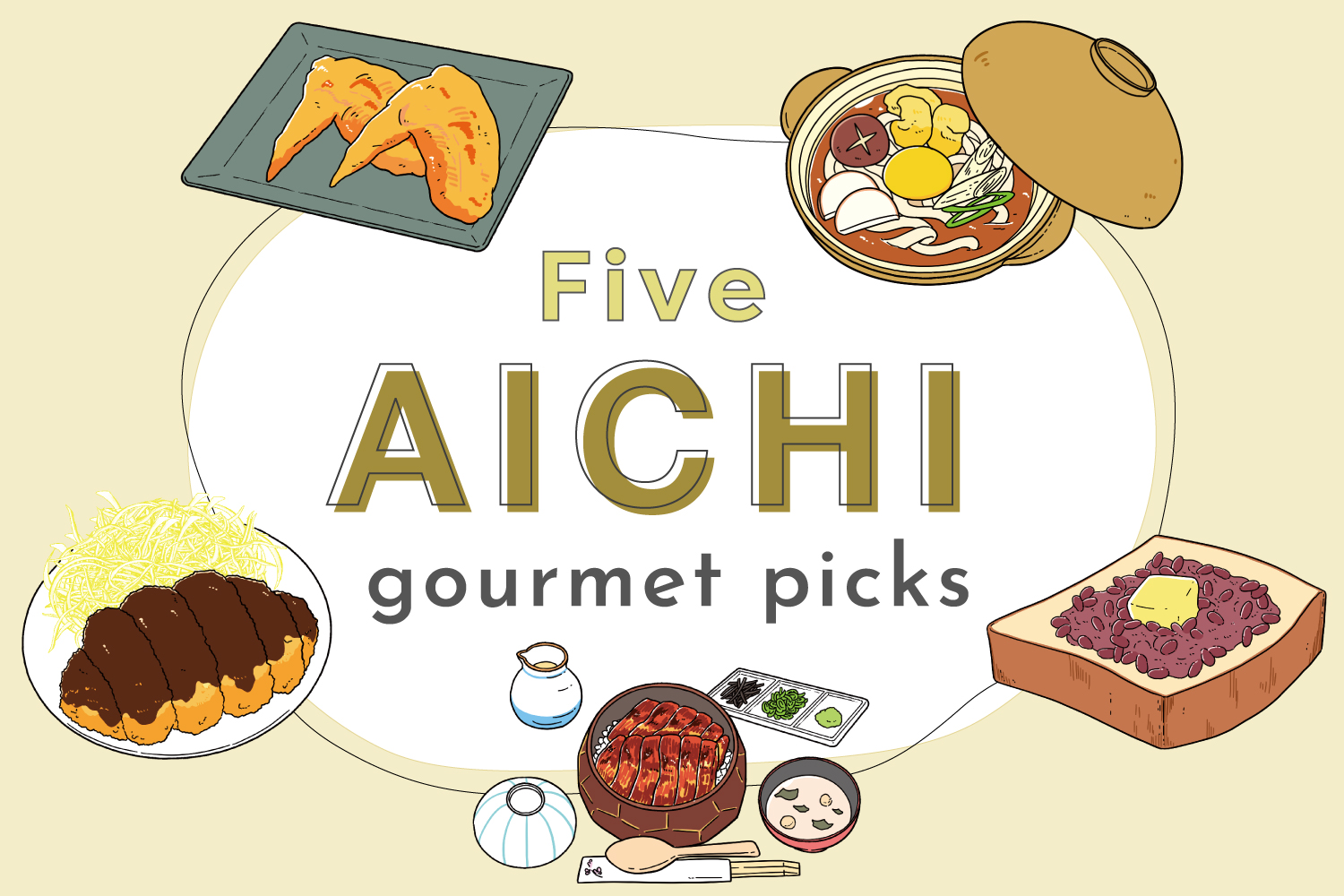
5 Local foods in AICHI | Hitsumabushi, Tebasaki karaage, Miso nikomi udon, Ogura toast, and Miso katsu
With “Nagoya meshi” (Nagoya food) as a foremost example, Aichi Prefecture is filled with gourmet experiences, each brimming with regional character. Aichi’s unique food culture was established using ingredients available from Tokaido (the route connecting Tokyo, Osaka, and Kyoto) as well as the region’s numerous ports. Join us to learn more about some of Aichi’s most iconic foods, from unusual dishes to irresistible sweets!
share:
Table of Contents
Luxurious Nagoya food with unagi “Hitsumabushi”

Nagoya’s tradition of serving hitsumabushi (grilled eel on rice) began during the Meiji period (1868-1912). The name of this renowned dish comes from “hitsu”, a vessel for storing cooked rice, and “mabushi”, meaning “mixed”, referring to the practice of mixing Kansai-style unagi no kabayaki (grilled eel) together with rice. Originally, the grilled eel and rice were served together in a hitsu, and mixed together right before the customers’ eyes. Over the years, it has become common to serve each customer their own personal-sized hitsu, with customers now mixing the rice and grilled eel by themselves.
Hitsumabushi is not simply eaten as it is served, instead, the dish evolves as the diner adds garnishes and wasabi. To finish, the dish is rearranged as an ochazuke (rice in hot broth) format.
Sweet and spicy sauce is addicted! “Tebasaki karaage”
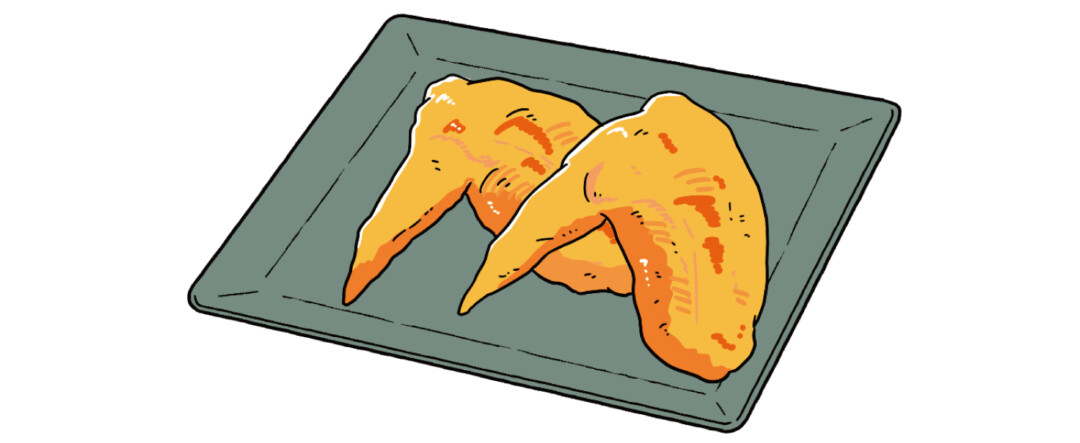
The roots of this iconic Nagoya pub food trace back to the 1960s, when a restaurateur took the chicken wings used for soup stock, deep fried them, and served them dressed in sauce.
To prepare the modern version, seasoned chicken wings are deep-fried twice without breading, then seasoned with a sweet sauce and special spices. The first stage of frying is at a lower temperature, followed by a higher temperature to finish, resulting in wings with crispy skin and tender interior. Tebasaki are readily available at izakaya (traditional Japanese pubs) throughout Nagoya. You’ll also find tebasaki take-out specialty stores in department store food floors and stations – this succulent local specialty makes a perfect souvenir.
Haccho miso soup soaks through “Miso nikomi udon”
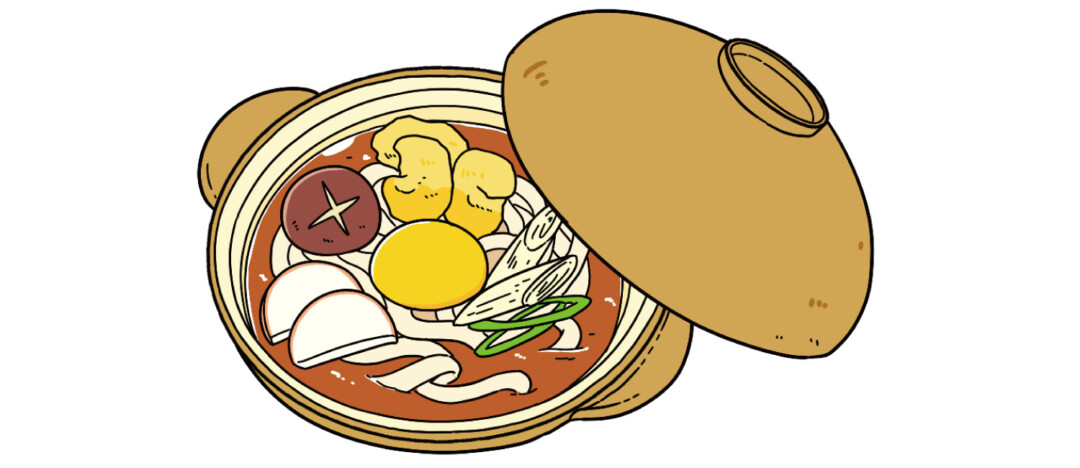
Miso nikomi udon is prepared in an earthenware pot, by simmering udon noodles in a broth seasoned with hatcho miso – a local product of Okazaki City, Aichi Prefecture. This regional cuisine was originally enjoyed as a household meal in Nagoya. After Japan entered the Meiji period (1868-1912), this dish came to be served in restaurants. The noodles are simply made of wheat flour and water, and are added to the broth fresh to simmer, giving them a notably toothsome bite. It’s customary to add rice to the remaining broth and enjoy finishing the meal as a porridge.
Popular sweets at traditional coffee shop in Nagoya “Ogura tosuto”
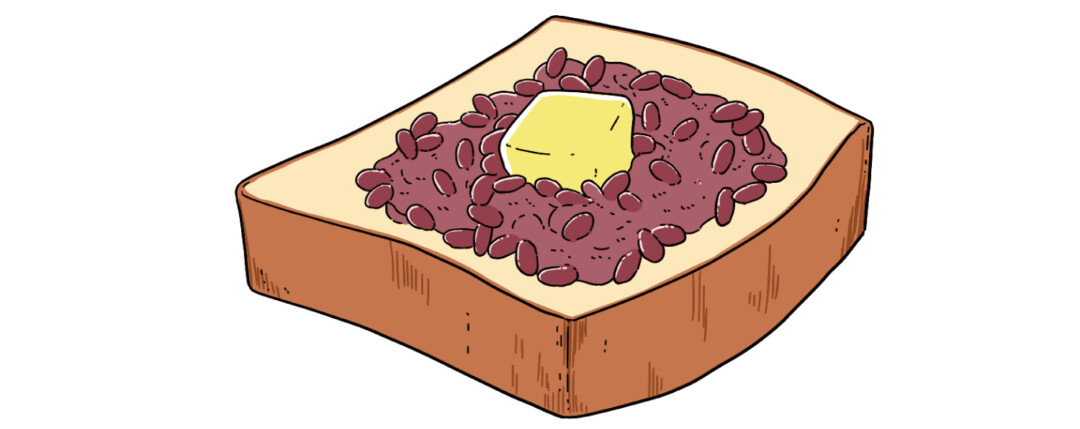
Did you know that Aichi Prefecture is among Japan’s top consumers of anko (sweet red bean paste), and also has one of the highest frequencies of visits to cafes? Here, in 1921, Ogura toast was invented at Kissa Matsuba, a cafe in Nagoya City. It’s thought that the inspiration came when a student visiting the cafe dipped buttered toast into zenzai, a sweet red bean dessert soup. The dish eventually took shape as a thick slice of toast spread with butter or margarine, then topped with a dollop of Ogura-an red bean paste.
By the way, Aichi Prefecture is also famous for its inventive sweets using Ogura-an, such as “coffee zenzai” and “shiruko sandwiches”. (Shiruko is another confection of sweet red bean paste, similar to zenzai.)
Hearty tonkatsu with a rich miso sauce! “Miso katsu”
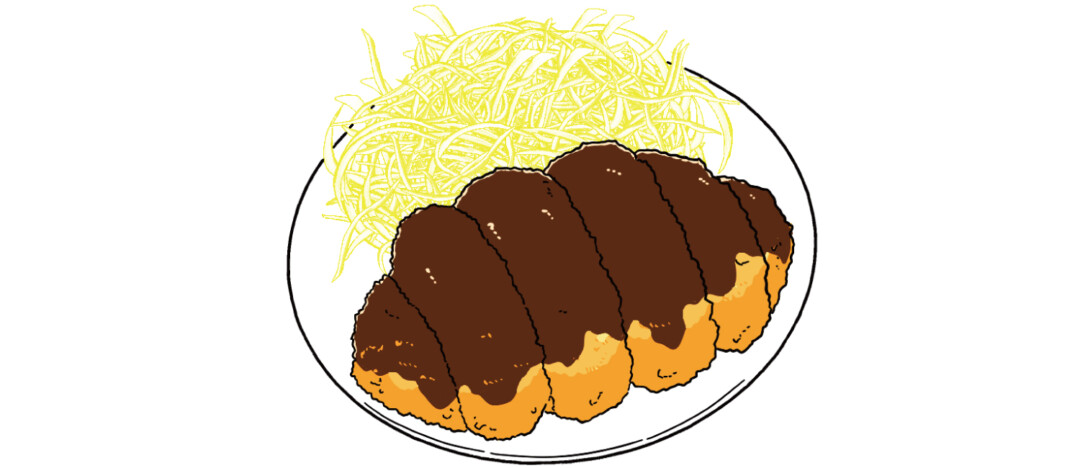
Miso katsu consists of a juicy tonkatsu (deep-fried pork cutlet) topped with a rich sauce based on mame miso (a dark miso paste made from only soybeans, with no added grains). There are various theories about its origin. Perhaps the best-known theory claims that after the end of the Second World War, a food stall customer accidentally dropped a kushi-katsu (deep-fried pork cutlet skewer) into a dotenabe (hot pot seasoned by spreading miso paste inside the pot).
Nowadays, this local soul food has become so popular that it can be found on the menu of practically any tonkatsu restaurant in Nagoya. Each restaurant has their own miso sauce, with unique flavor and style, so visitors to Nagoya can explore a wide variety of unique presentations of this classic dish.
share:










